Section 18
Protists
By Boundless
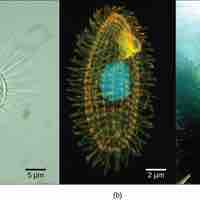
Protists are eukaryotes that first appeared approximately 2 billion years ago with the rise of atmospheric oxygen levels.
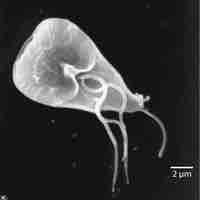
Excavata, defined by a feeding groove that is "excavated" from one side, includes Diplomonads, Parabasalids and Euglenozoans.
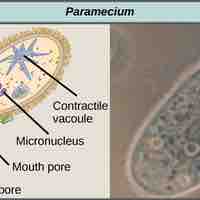
Alveolates are defined by the presence of an alveolus beneath the cell membrane and include dinoflagellates, apicomplexans and ciliates.
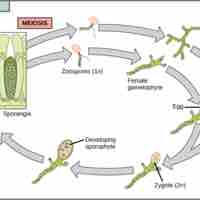
Stramenophiles include photosynthetic marine algae and heterotrophic protists such as diatoms, brown and golden algae, and oomycetes.
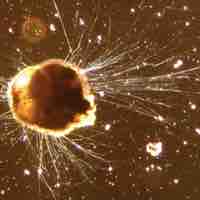
Rhizaria are a supergroup of protists, typically amoebas, that are characterized by the presence of needle-like pseudopodia.
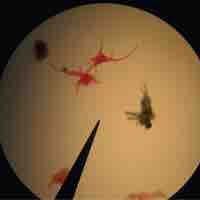
Amoebozoa are a type of protist that is characterized by the presence of pseudopodia which they use for locomotion and feeding.